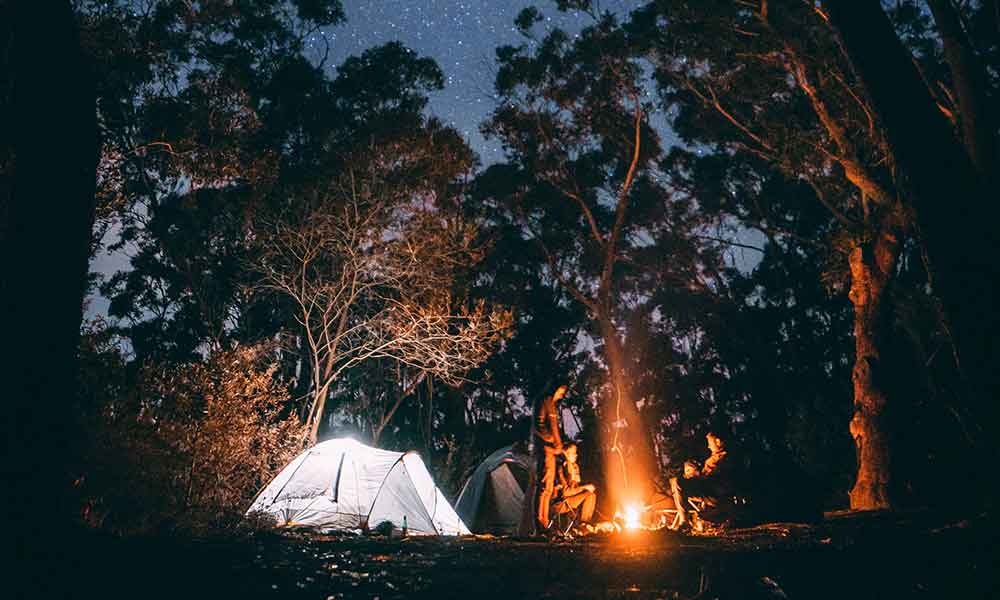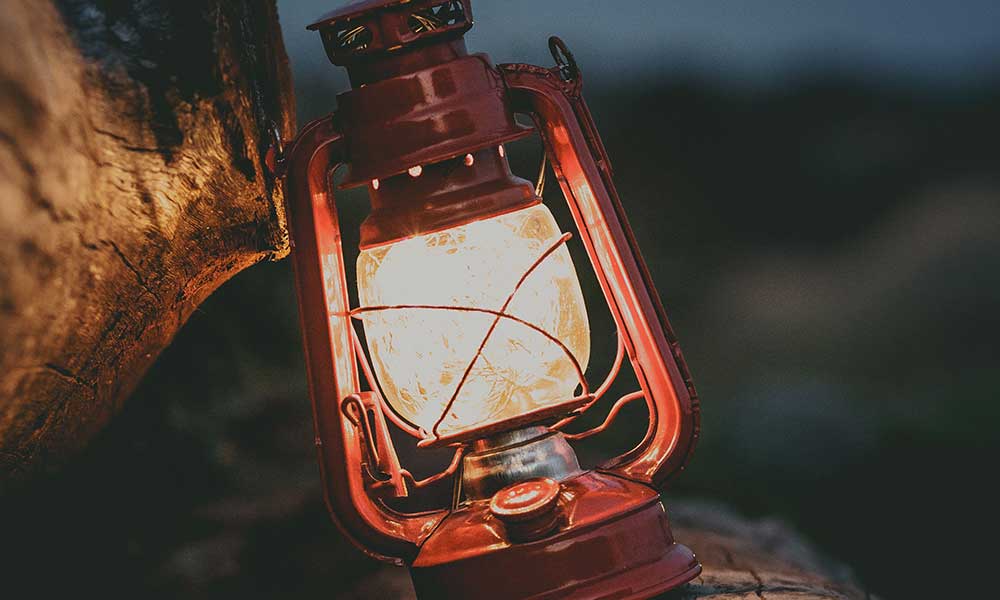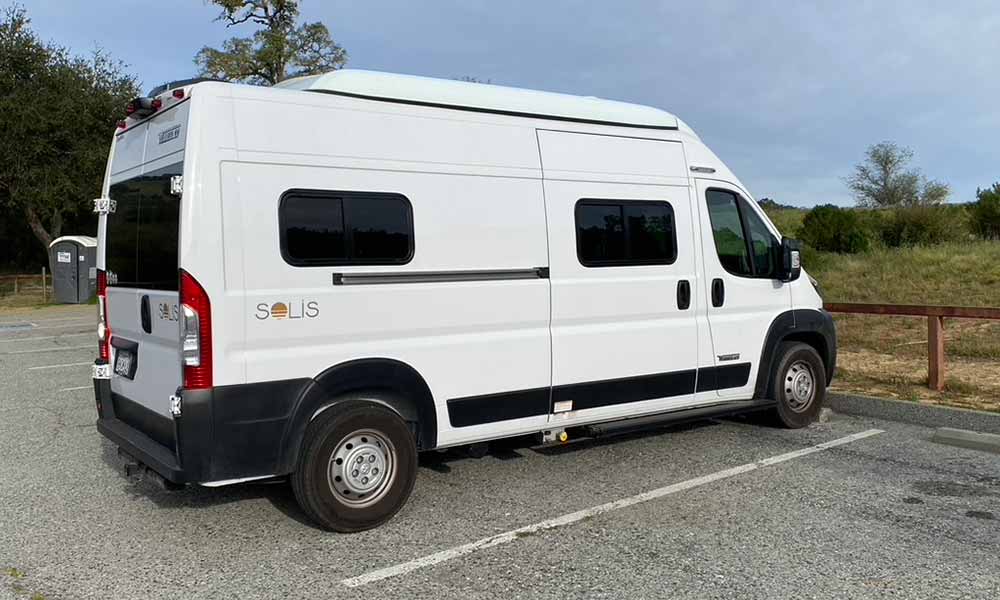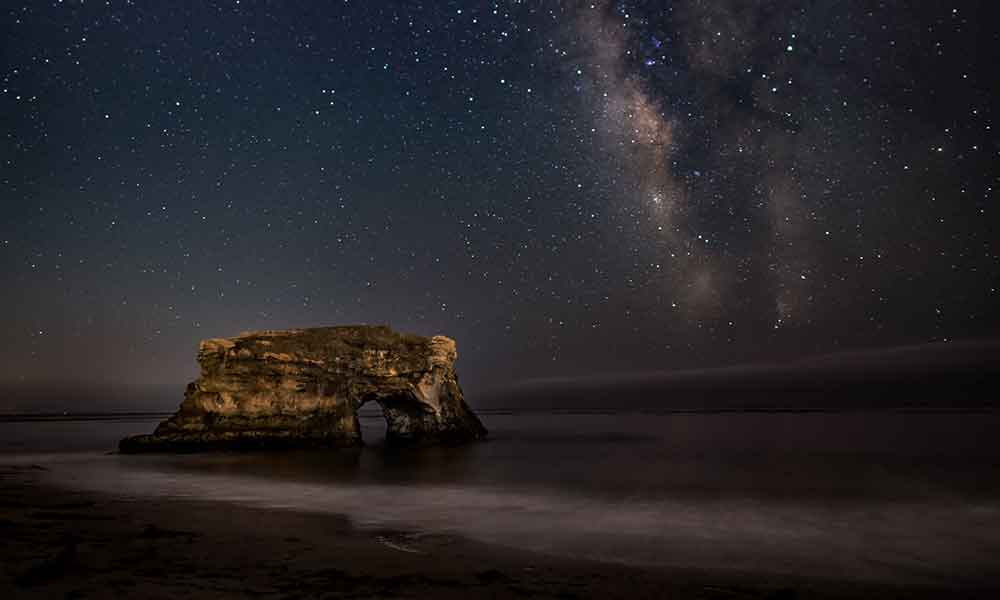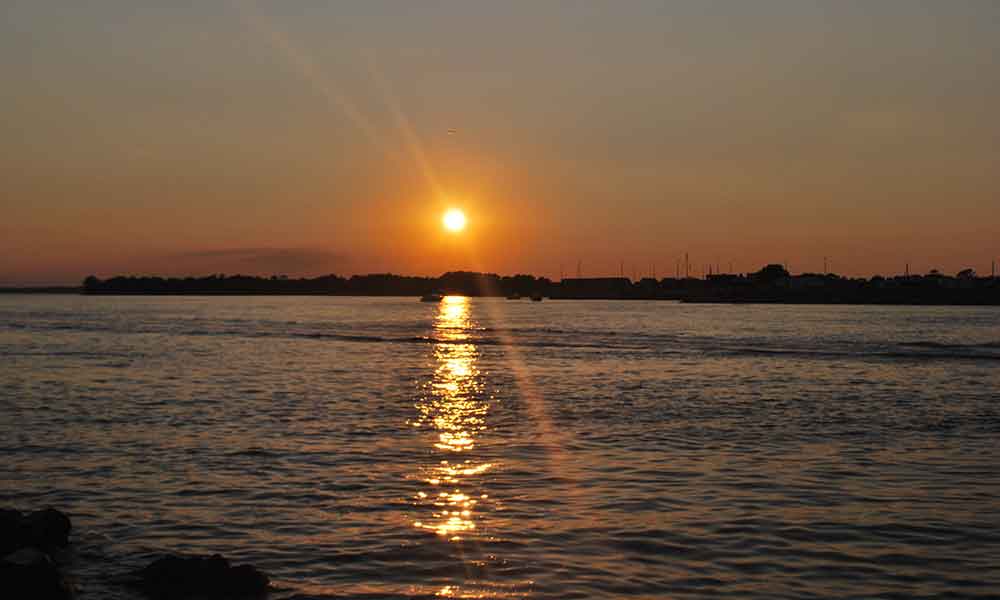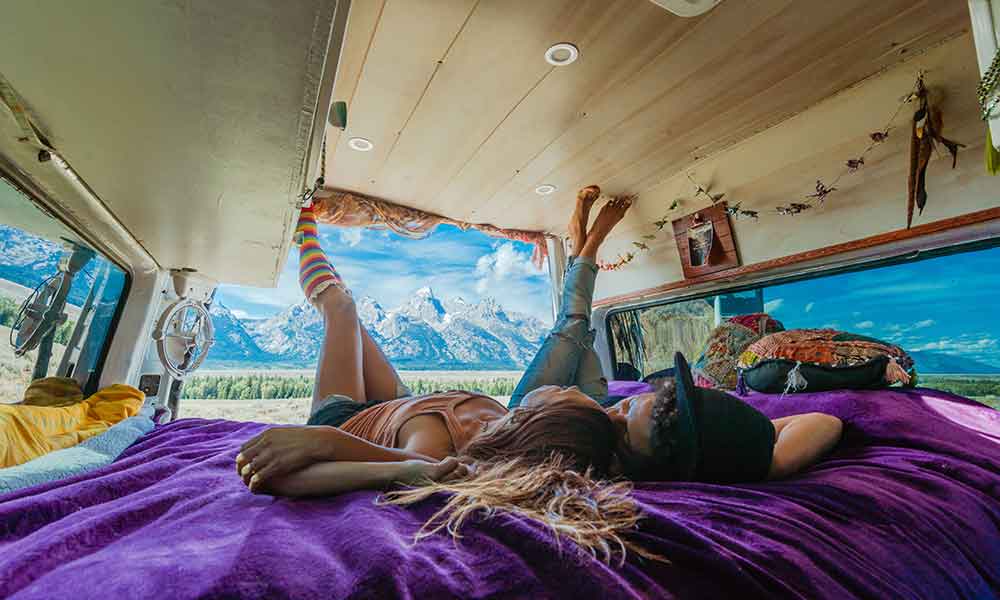Forward-thinking administrations enacted land usage control as far back as the late 1700s. American citizens owe a debt of gratitude to the visionary leaders who formally protected large tracts of American land for the benefit of future generations.
You can camp on BLM land. Camping on public BLM land is permitted at no charge, and formal camping sites are available at a low cost. The only instance where it is not allowed is when the land has been leased to commercial enterprises such as mining, oil, and timber companies.
Institutions like the BLM protect over 20% of American land. Not only does this keep the land unspoiled for future generations, but it also makes it possible for Americans to experience the many different parts of this beautiful country.
History Of BLM Land
The U.S. government appropriated large tracts of land previously settled on by Mexico, Canada, Russia, Spain, France, and England.
Six hundred and fourteen million acres of land in America is now set aside for conservation and public land use.
Four central agencies manage public land in America.
- The Bureau of Land Management (BLM) oversees 248 million acres or 10.5 percent of all land.
- United States Forestry Service (USFS) controls 193 million acres or 8.5 percent of all land.
- U.S. Fish and Wildlife Service (USFWS) controls 89 million acres or 3.9 percent of all land
- National Park Service (NPS) controls 84 million acres or 3.7 percent of the country.
The BLM was formed in 1946 and was brought into being by an act of congress. 26.6% of all American land is designated for conservation, scientific, cultural, historical, and recreational purposes and managed by the four agencies.
What Does The BLM Do?
The BLM manages National Conservation Areas, National Historic Trails, Rivers, and particular management areas within 24 states, including
- Alaska
- Arizona
- Arkansas
- California
- Colorado
- Connecticut.
- Delaware
- Idaho
- Iowa
- Louisiana
- Minnesota
- Missouri
- Maine.
- New Hampshire.
- New Mexico
- Massachusetts.
- New York.
- Nevada
- Oregon.
- Rhode Island
- Utah
- Vermont
- Washington
- Wyoming
The BLM tries to balance public land use, such as grazing, mining, renewable energy, and recreation.
How Do You Camp On BLM Land?
BLM land is divided into two main categories for recreational usage.
Public BLM Lands Are Free Of Charge
If you want a boondocking vacation, the informal public lands are perfect for you.
These lands are available to visit and camp with no reservation requirements, and there is no fee.
The BLM has also leased land to commercial enterprises such as mining, oil drilling, farming, and timber. These areas are fenced off, and you should not access them because it will be considered trespassing.
To protect the delicate ecosystems on the land, the BLM advises that camping should be restricted to areas with distinctive signs that have been previously used for camping.
Can You Drive Your Off-Road Vehicle On Public BLM Lands?
Except for areas designated for Off-Highway Vehicles (OHV), the BLM restricts travel to established roads, tracks, or vehicle trails.
The only time this can be deviated from is when pulling into a clearing or previously used campsite.
If there is a campsite that has no established road or trail leading to it, you are forbidden to drive over plants, shrubs, animal habitats, or other natural features to get there.
If this is impossible, you are expected to park your vehicle and RV (if they are separate) elsewhere and hike to your chosen camping spot.
Some BLM offices are more lenient and allow off-road use throughout their jurisdiction; however, these are in the minority, with the majority keeping a strict conservation ethic on the lands.
BLM designates some tracts of land as OHV (Off-Highway Vehicles). There are fewer restrictions in areas designated as OHV, and drivers can travel almost anywhere.
OHV activities require the following “good neighbor” rules to be adhered to.
- Know where you are driving.
- Respect private property.
- Stay well away from livestock.
- Please stay clear of wildlife and their water sources.
- All vehicles must comply with State regulations and restrictions.
- Motorbike riders should wear protective helmets
- Travelers should respect all signs.
- Areas fenced off or marked as sensitive wildlife and plant habitat is “closed” to vehicle use.
- Even if you are walking, these signs must be respected
- All motor vehicles must be appropriately registered with the appropriate State agency.
- Motorcycles must be fit there machines with an approved spark arrester and muffler to prevent fires,
- Tall flags on the vehicle are a best practice for visibility and safety.
- Consult a tide table booklet if operating on the coast.
- Respect private property.
The BLM has provided a guide to the top 29 OHV destinations.
Reference – Destinations
Can You Camp On A River Bank In BLM lands?
BLM rules dictate that no camping can be set up within 200 feet from a lake, pond, stream, river.
The rule applies to every camper, from established RV owners to a hiker throwing a sleeping bag on the ground to sleep under the stars.
The purpose of the 200-foot rule is to ensure that non-organic materials will not enter the water and harm aquatic life. It is also to ensure that wildlife has unfettered access to water.
Despite this, there are formal parks and RV sites which the BLM has built on watercourses and the edge of other bodies of water. These are established sites with facilities that require booking and a camping fee.
BLM subscribes to the “Leave No Trace” principles of camping. There are seven habits that “Leave No Trace” requests campers to follow, which include.
- Know the regulations and unique concerns of the area you’ll visit.
- Travel and Camp on Durable Surfaces.
- Dispose of Waste Properly.
- Leave What You Find.
- Minimize Campfire Impacts.
- Respect Wildlife.
- Be Considerate of Other Visitors.
There is no enforcement of these rules, and instead, campers are expected to behave like good neighbors and respect the BLM’s very generous offering.
BLM Campgrounds Must Be Booked And Paid For
There are several developed RV and campsites which the BLM manages.
A range of facilities are provided at different campgrounds, from primary picnic areas, garbage cans, restrooms, potable water, and electrical hook-ups to formal RV facilities with designated parking, tent pads, and group shelters.
Some campsites are operated on a first-come, first-serve basis; others require a booking to be made in advance.
All these sites charge a fee for using the facilities, which is used to fund the maintenance and upkeep.
Bookings can be made through recreation.gov.
Conclusion
The BLM and related organizations are an American national treasure, protecting more than 20% of American Land. As a service to Americans, the land is available for recreational use and offers a cost-effective way to explore the best the country has to offer.
The only stipulation is that campers comply with the small number of regulations and do their part to protect the American ecosystem in these areas.

